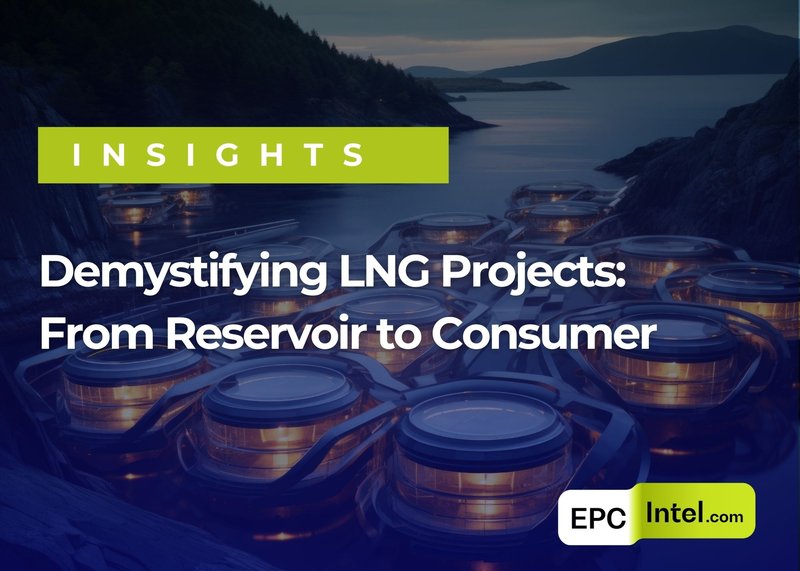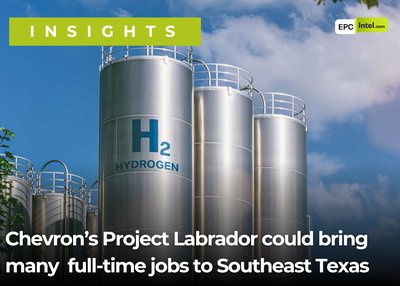Have you ever wondered how natural gas travels from deep underground reservoirs to heating your home or fueling industries? The journey is more complex than you might think, involving a series of intricate processes collectively known as an LNG (Liquefied Natural Gas) project. Let’s dive into the essential elements of an LNG project, breaking down the upstream, midstream, and downstream activities that make this energy marvel possible.
Upstream: Unearthing the Energy
The upstream sector is all about finding and extracting natural gas from beneath the earth’s surface. Here’s how it happens:
1. Exploration and Drilling
- Seismic Surveys: Geologists use seismic waves to create a map of underground rock formations. This helps identify potential natural gas reservoirs.
- Drilling Wells: Once a promising site is found, drilling rigs bore deep into the earth to access the gas deposits.
2. Gas Extraction
- Production Wells: These wells bring the natural gas to the surface. Depending on the location, this could be on land or offshore platforms.
- Wellhead Equipment: Specialized equipment controls the flow and pressure of the extracted gas, ensuring safe and efficient operations.
3. Initial Gas Processing
- Separation Facilities: Raw natural gas often comes mixed with water, oil, and other impurities. These facilities separate the gas from unwanted substances.
- Field Compression: Compressors increase the pressure of the gas, making it easier to transport through pipelines to processing plants.
Midstream: Transforming Gas into Liquid
Once the natural gas is extracted and initially processed, the midstream sector takes over to prepare it for long-distance transport.
1. Gas Processing and Treatment
-
Removal of Impurities: Additional processing removes contaminants like sulfur compounds and carbon dioxide, which can interfere with liquefaction and reduce energy content.
-
NGL Extraction: Valuable liquids like propane and butane are separated for sale or use in other industries.
-
Gas Compression: The gas is compressed to the optimal pressure needed for the liquefaction process.
2. Liquefaction Plant
-
Cooling Systems: Natural gas is cooled to around -162°C (-260°F), transforming it into a liquid state and reducing its volume by about 600 times.
-
Refrigeration Units: Advanced refrigeration cycles use refrigerants to achieve the ultra-low temperatures required.
-
Liquefaction Trains: These are the processing units within the plant. Multiple trains can run in parallel to increase total capacity.
3. Storage Facilities
-
Cryogenic Tanks: Specially designed insulated tanks store the LNG at extremely low temperatures, preventing it from reverting to a gaseous state.
-
Boil-off Gas Management: Some LNG naturally warms and evaporates. Systems are in place to capture this gas and either reliquefy it or use it as fuel for the facility.
4. Loading and Export Facilities
-
Marine Terminals: Equipped with jetties and berths, these terminals accommodate LNG carriers for loading.
-
Loading Arms and Hoses: Flexible yet secure connections transfer LNG from storage tanks to ships.
-
Metering Systems: Accurate measurements ensure the correct amount of LNG is loaded and billed.
5. Transportation
-
LNG Carriers: These ships are marvels of engineering, featuring insulated tanks that keep LNG in its liquid form during transit.
-
Shipping Logistics: Meticulous planning ensures timely and efficient delivery across the globe, navigating complex maritime routes and regulations.
Downstream: Bringing Energy to You
After crossing oceans, the LNG reaches its destination, but the journey isn’t over yet.
1. Regasification Terminal
-
Unloading Facilities: Similar to loading, but in reverse, LNG is transferred from the ship to onshore storage tanks.
-
Storage Tanks: Cryogenic tanks hold the LNG until it’s ready for regasification.
Vaporization Units: These units warm the LNG, turning it back into natural gas. This is often done using seawater or ambient air in a controlled process.
2. Pipeline Distribution
-
Gas Pipelines: The regasified natural gas enters a network of pipelines for distribution.
-
Compressor Stations: Located at intervals along the pipeline, these stations maintain the pressure needed to keep the gas flowing to its destination.
Wrapping Up
From the depths of the earth to the flicker of a gas stove or the hum of a power plant, LNG projects are a testament to human ingenuity and engineering prowess. Understanding the upstream, midstream, and downstream elements gives us a greater appreciation for the energy that powers our world.
Curious to learn more about LNG projects and the energy industry? Visit EPCIntel.com for more insights and in-depth contract information.




